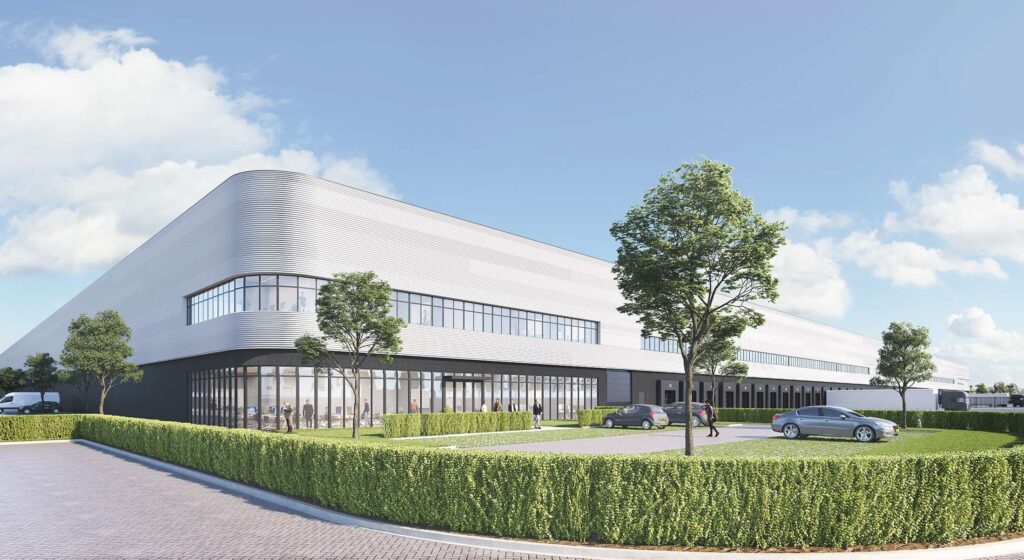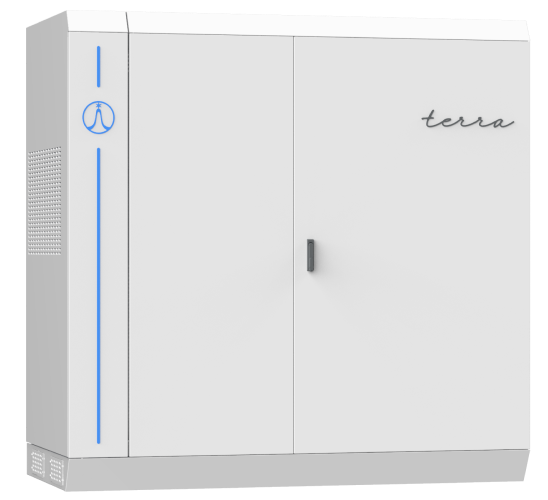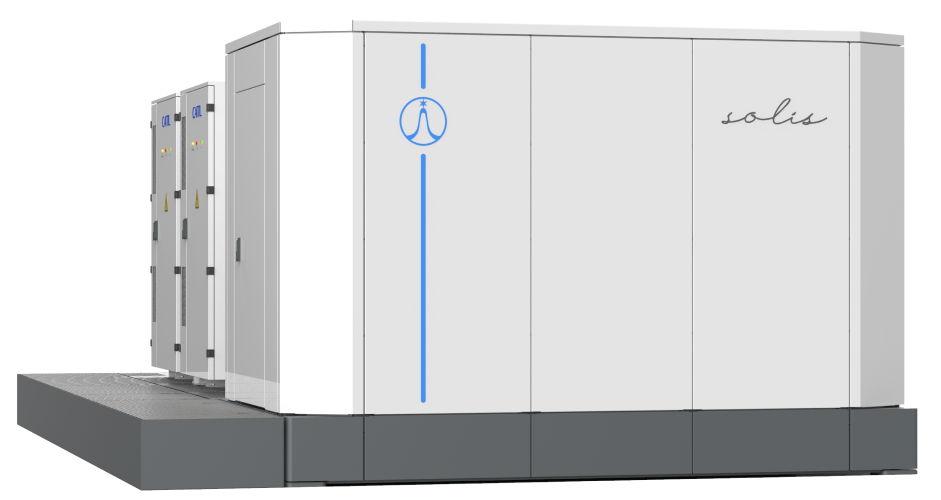
CASE STUDY
The client needs to construct an automated warehouse for logistic operations in the EU, located near Amsterdam-Schiphol Airport. The warehouse will operate 24/7, requiring a constant supply of electrical energy. With very high yearly consumption and stable needs, the automated warehouse demands a reliable power source.
However, the regional distribution grid lacks sufficient capacity to meet the consumption demands of the location. While the warehouse can be connected to the grid for potential electricity delivery, there isn’t enough capacity for consistent energy supply.

56 000 sam
building area

24/7
operation time

3.5 MW
peak consumption

15 GWh
yearly consumption
Due to the insufficient capacity of the distribution grid and our commitment to maximizing the use of green electricity, we’re exploring the possibility of utilizing the roof area for a photovoltaic power plant installation.
However, given the building’s continuous 24/7 operation and the surplus production from photovoltaics during summer and daytime, which exceeds the building’s average consumption level of 1.7MW, it’s imperative to integrate this source with other devices for electricity accumulation and production.
While gas from the distribution grid can serve as a backup source in this location, the surrounding built-up area prohibits the use of other renewable sources such as wind or biomass.
„To ensure sustainability in both the quantity and price of electricity delivery, there is a strong preference for utilizing local and green resources.“

To ensure a reliable electricity supply even in worst-case scenarios, we’re considering a combination of multiple energy sources and backup solutions within the hybrid power plant.
Operated through an EMS (Energy Management System), the hybrid power plant will be optimized based on current needs, utilizing a prediction system, particularly for weather forecasting.
The entire equipment system must guarantee not only a stable energy supply but also the necessary electrical parameters (frequency, power factor, phase stability). Given the off-grid solution and the network’s size, this will demand significant flexibility and operability.
“The overall dimensioning of the solution was carried out based on optimization models with the objective of TCOE (Total Cost of Energy), ensuring the fulfillment of conditions at the lowest possible long-term (CAPEX + OPEX) costs.”

ROOF PV (8.7 MWp)
As the primary source of green and cost-free electricity, this installation features dual orientation (east/west), maximizing electricity utilization for the building’s consumption throughout the year.
BIOFUEL BACK-UP (2 x 0.8MWe)
These generators serve as backup for security in case of gas failure or insufficient battery capacity, utilizing a local biofuel storage tank.
BATTERY STORAGE (2 MW / 5.5 MWh)
This serves as the primary method of maintaining the technical parameters of the grid and ensuring necessary flexibility. Additionally, it acts as a backup reserve in case of equipment failure (PV/GAS) and stores surpluses from photovoltaics for later use in building consumption.
GAS ENGINES (4 x 0.8MWe)
These engines utilize natural gas (potentially in combination with hydrogen in the future) to generate stable electricity during times of shortage, while also providing the necessary heat production for the building.
In this phase, the combination of resources with the installed capacity of a hybrid power plant exceeding 15MW enables efficient and reliable energy supply even in the event of various malfunctions or maintenance needs. The majority of the supplied electricity comes from locally installed photovoltaics, which, in combination with battery storage, ensures maximum utilization of this energy for the building.
edThe overall solution was optimized to ensure that the final energy costs remained competitive compared to normal operations, thereby securing the object’s competitiveness in the market or compared to other warehouse operations.

